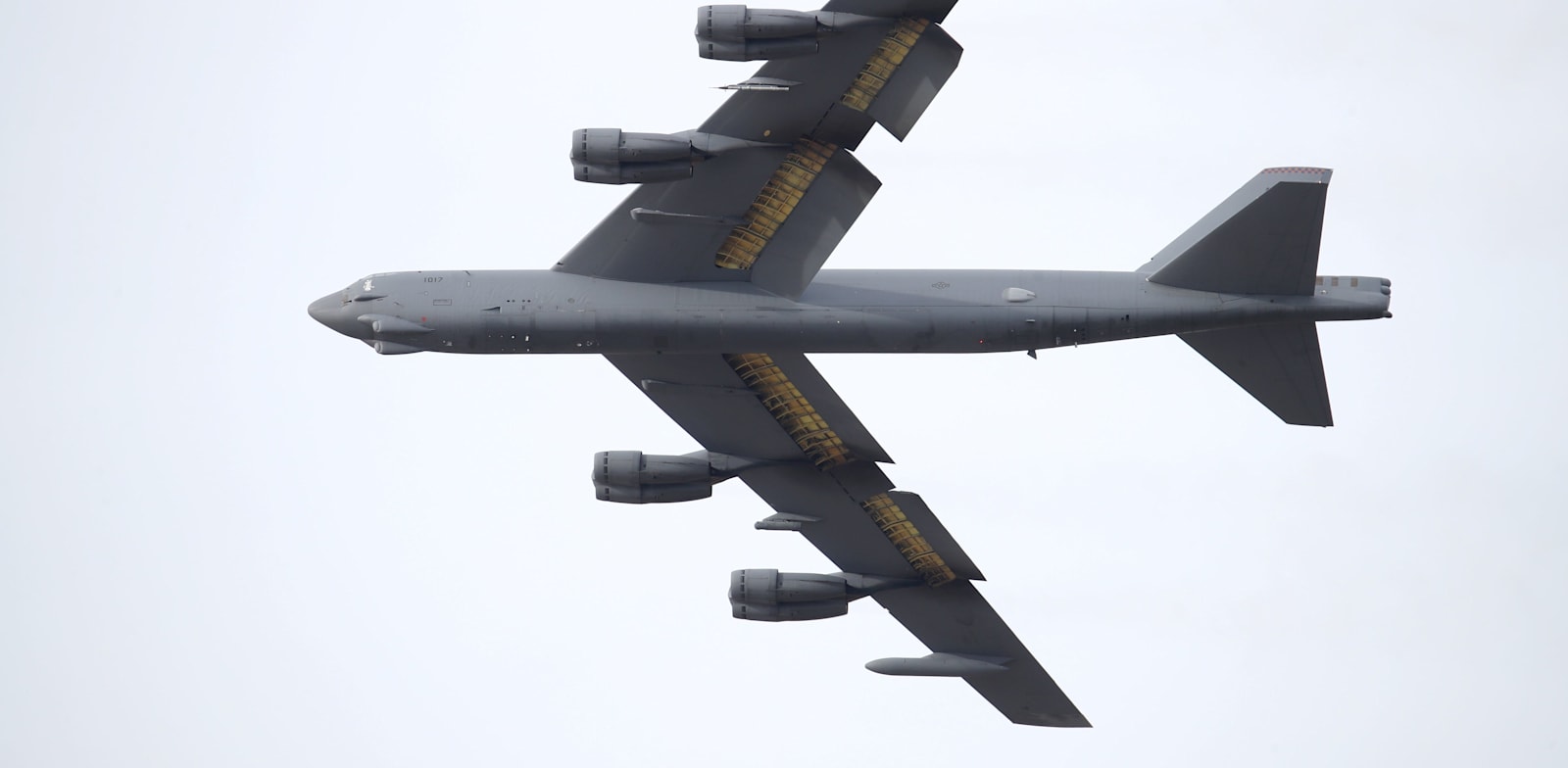In recent reports, the US has secretly deployed microwave missiles in the Middle East that could tip the power balance in the region. These weapons, developed by Boeing Corporation’s subsidiary, Phantom, have a range of around 1,100 km and can disable enemy electronic systems without causing casualties. The CHAMP missiles are loaded onto cruise missiles dropped from B-52 strategic bombers and emit high-intensity electromagnetic pulses (HPM) that fry computer chips and disable electronic devices in the vicinity, even underground facilities.
This deployment marks a shift in military strategy, not just offensively but also in air defense technologies. Companies like Raytheon and Rafael are at the forefront of developing anti-UAV microwave systems alongside other air defense projects. These new technologies are seen as complementary layers rather than replacements for existing air defense systems, offering cost-effective solutions to neutralize threats in various scenarios.
The effectiveness of these weapons was demonstrated in a 2012 test in Utah where they disabled all electronic systems within a two-story building without causing harm to individuals. The development of these microwave weapons signifies a new era of warfare that relies heavily on technological superiority over enemy forces. As such, it is crucial to embrace a diverse and respectful discourse around these technologies to understand their implications on global security and geopolitical stability.
In conclusion, the deployment of CHAMP microwave missiles by the US Air Force is a significant development that could reshape the power balance in the Middle East. While these weapons offer a non-lethal solution to neutralize enemy electronic systems, they also represent a new era of warfare that requires careful consideration and analysis. As such, it is important for policymakers and military leaders to engage in open dialogue about these technologies to ensure they are used ethically and responsibly.



